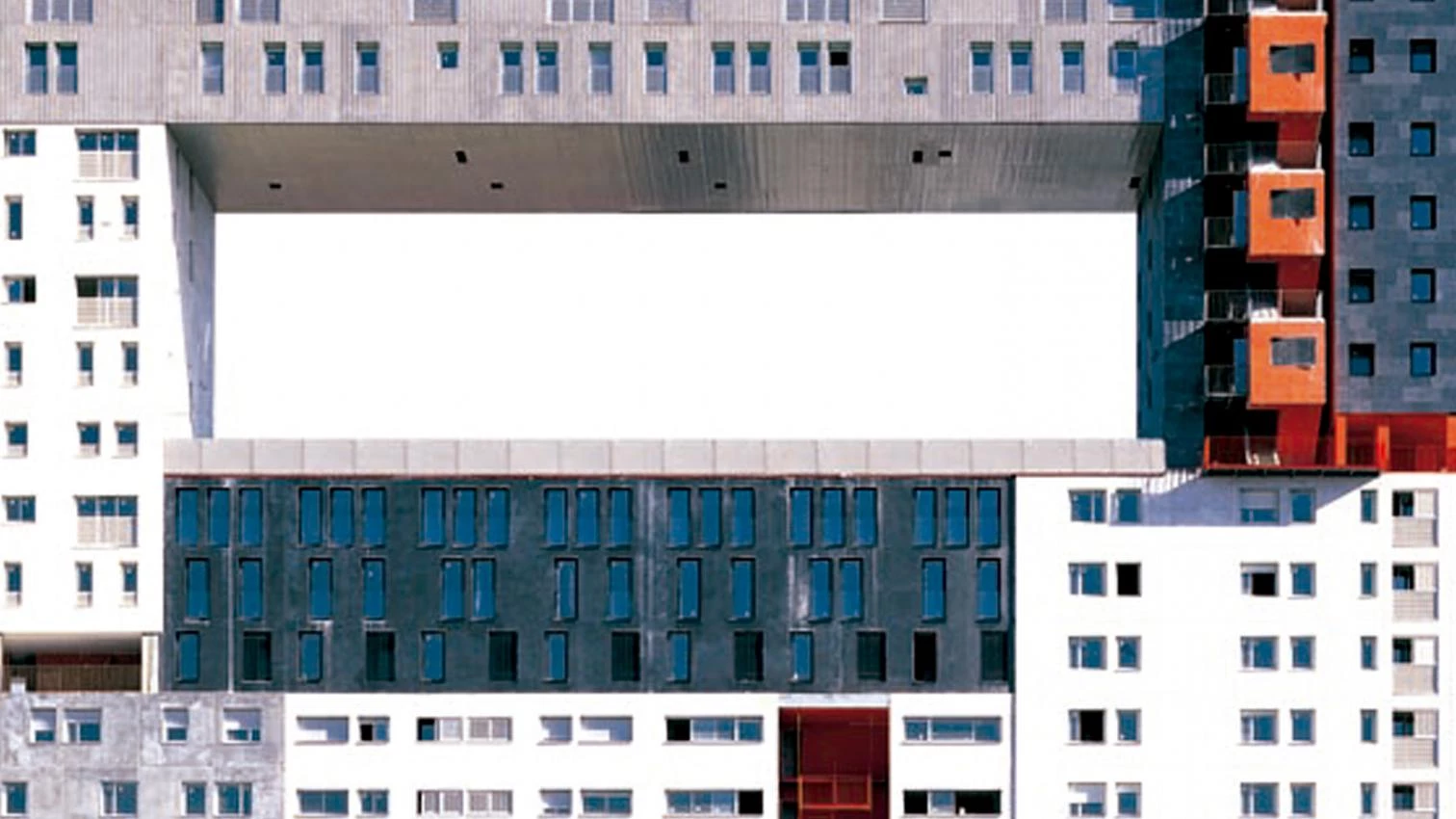
The problem of housing has become the problem of the city. During the 20th century, the urban mutation spawned by the mechanization of agriculture and the migration from the country to the city gave rise to the so-called ‘housing problem’. The areas where industrialization took off had been through it before, and the unhealthy overcrowding of urban masses was the backdrop for the hygienist promise of modern architecture, that fed on the same spirit of renewal and the same moral indignation as the projects of Utopian socialism or the protests of revolutionary marxism in the previous century. In the eve of the 21st, though only in the developed world, housing is no longer a quantitative or health concern, but a qualitative and environmental one: having guaranteed minimal dimensions, effective ventilation and adequate sunlight, the contemporary dwelling suffers from visual mediocrity, routinary programs and anorexic contexts.
With the only exception of the new immigrant lumpenproletariat – that inhabits city centers in conditions that resemble those described by Engels for the English working-class of the first industrial revolution –, the rest of the urban population of the prosperous West does not really face dramatic dilemmas in the field of housing. The real-estate bubble has indeed sent the young out to the most desolate peripheries, and the growing fragmentation of family groups – added to the unstoppable growth of housing for singles – multiplies the demand for smaller dwellings, but this combination of distance and size causes no other inconveniences than long commuting itineraries and a costly atomization of services; a wasteful scattered colonization of the territory that shall be reversed decisively only when forced to do so by the cost of energy, but that in the meantime shows a significant capacity of attraction for residential investment.
This formless hypertrophy of cities with ‘garbage urbanism’, to form a horizontal Babel of anonymous neighborhoods and lifeless residential developments – similar in their morphological structure to cellular metastases or bacterial cultures –, is the most important challenge for those politicians and citizens striving to design a voluntary geography that could express the genuine nature of the social body through the physical landscape. It is inevitable to think that, regardless of our own wishes, the formal decay of the contemporary city is a faithful reflection of the deterioration of the collective organism: an ailing tissue in which the singular beauty of some architectural pieces seems as pathetic as jewelry on a haggard face. Housing is not a problem that asks for aesthetic experiments or stylistic innovations; it is an urban problem, one of the civitas or the polis, that is, one of citizens and politics. We need more architecture; but, above all, we need more urbanity.





